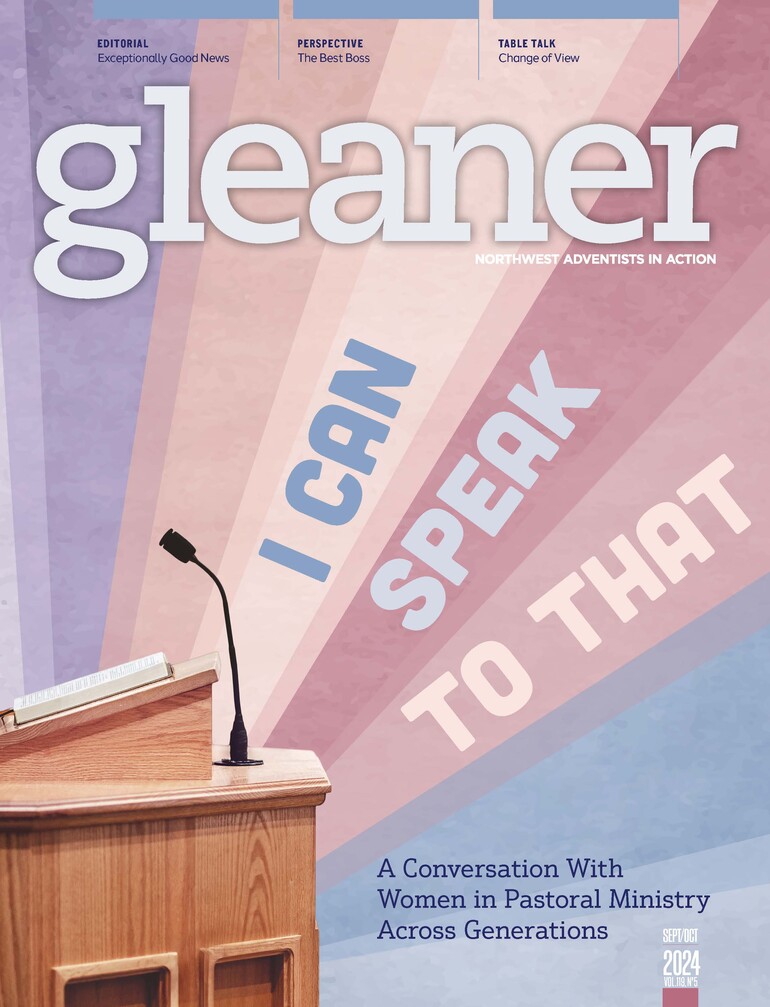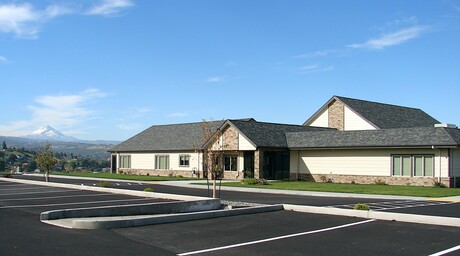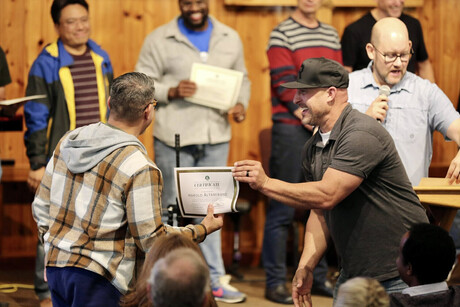In Kelso, Washington, Jim John, Journey Adventist Church pastor, has spent the past few years working to return to the Acts 2 example of evangelism.
John first found Jesus in his 20s after getting out of the military but did not take the call to pastoral ministry until around 10 years ago.
“I’m no great preacher, but I do know this,” John shared, “I always want to make sure that what I share is affecting people’s lives on Monday morning. When I think about ending a message, I think, ‘What’s the big idea? What can we do with this? How can we integrate this into the mess of our world? How does it work in daily life?'”
It was from this line of thinking that Journey Church began to change the way they did things a few years ago. It started with a small group of dedicated leaders and some training.
As the group studied, grew and prepared to lead community groups of their own, John shared there were several key factors in setting the groups up for success. Creating a space of safety and vulnerability was a top priority for Journey Church. Facilitators were trained in how to engage and create room for voices who may be talked over or missed otherwise, as well as how to work with those who would attempt to dominate the conversations.
“Small groups have been done forever — and they’re good — but they haven’t been done like this. No one is teaching in these groups," John explained. "There’s a facilitator that ensures the group stays on task and that you don’t have group killers overwhelming the conversations.”
Now, there is a community group led by Journey Church members every day of the week other than Sabbath. “Nine groups are meeting right now. Every day of the week except Saturday night there is a community group happening anywhere from Castle Rock down to Ridgefield!” enthused John.
Another key element for Journey Church group leaders has been a consistent group cycle. At church on Sabbath, John shares a message that will be discussed at the community groups throughout the week, and the groups meet for eight to nine weeks before taking a break.
“We take breaks during the holiday season for almost two months for Thanksgiving and Christmas, as well as a month off for spring break," John said. "That allows people to say, ‘You know, I can do just about anything for eight or nine weeks.’”
“We work all year long toward an open baptism,” said John. “These are people who are being discipled. They’ve been in groups together. They’re relationally connected to other people in the church. When we see someone new at church now, we don’t just say ‘Hey, nice to see you! Come back next week!’ We say, ‘Would you come to my house this week for some food and to meet some new people?’"
John continued, "When they come over, they hear someone share a story about their lives because these are vulnerable groups. We let them know that what they share will stay there because it needs to be a safe place. So, when they do come to church, they’re connected. They recognize someone and go sit with them.”
“In the past 18 months we have had 44 people come to Christ without an evangelistic series,” said John, “This is a direct result of sermon-based community groups allowing the Holy Spirit to do this — and being willing to do something different.”









